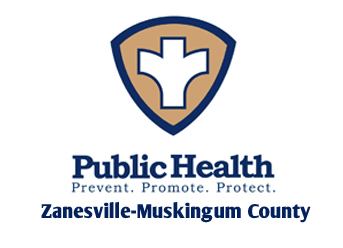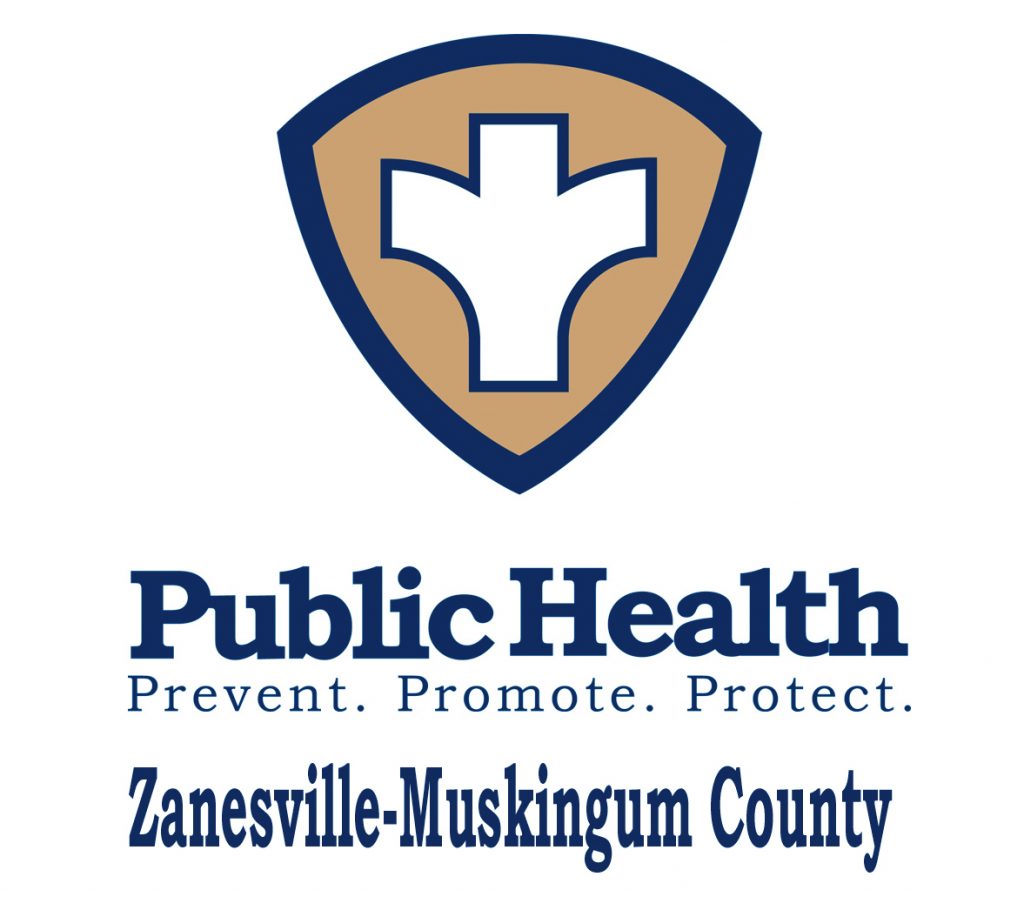Sewage Treatment Systems Permits & Inspection
The Zanesville-Muskingum County Health Department works to protect the environment and to ensure a safe drinking water supply by preventing contamination. This effort involves the inspection of sewage treatment systems at homes and investigation into other forms of water contamination.
This program reviews potential new parcels to ensure enough area is available to install a sewage treatment system, reviews designs for new sewage treatment systems, inspects installation of sewage treatment systems, investigates nuisance conditions, and provides operational permits for the continued use of sewage treatment systems.
Sewage Treatment System Records
We may have records of your sewage treatment system depending on the age of your house. To request a record, please email darlenep@zmchd.org or call 740-454-9741 extension 282 with the following information:
- Address
- Date of construction of house OR installation of system
- Installer of system OR builder of the house
Purchasing or Building on a Lot?
Have the site evaluated early in the process because not all lots provide enough usable space for sewage disposal. Sewage evaluation cannot occur without a site and soil evaluation done by a soil scientist. We will help review the evaluation and determine if sewage disposal is feasible on the lot.
If you are considering the placement of a manufactured home on your property, additional rules will apply. Call the Ohio Manufactured Homes Commission for more information at (617) 743-6010 or email OMHC.Director@OMHC.state.oh.us. You may access their website here: Manufactured Homes Program (MHP) | Ohio Department of Commerce.
Sewage Treatment System Permit Application
To receive a permit, follow the steps listed below:
1
Site & Soil Evaluation
Contact a Certified Soil Scientist found on the 2023 Soil Scientist List The soil scientist will provide you with a site and soil evaluation for your property that will be used to determine the feasibility of siting a sewage treatment system.
2
System Design
A sewage treatment system must be installed by a registered sewage installer or the homeowner. Your installer will complete a layout plan. Visit this link to view a list of 2023 Sewage Treatment Installers.
3
Application for Site Review & Permit
Submit the following to the health department:
- Site and Soil Evaluation
- System Design
- Application for Site Review and Permit
- Site Review Fees ($100.00)
- Permit Fees
- Sewage Treatment System Permit ($524.00)
- Small Flow Sewage Treatment System Permit ($574.00)
- Sewage Treatment System Alteration ($410.00)
- Small Flow Sewage Treatment System Alteration ($460.00)
- Sewage Treatment System Abandonment ($25.00)
- Gray Water Recycling Systems (see fee schedule)
- Address verification from the GIS office at the Muskingum County Courthouse (3rd Floor)
4
Plumbing Permit
Apply for a plumbing application. If you are not building immediately, you can still apply for a permit and pay the initial $50.00 application fee.
5
Site Review
Once the Site and Soil Evaluation, System Design, Application and Fees are submitted, a sanitarian will conduct a site review. If all requirements are met, the system will be permitted for installation upon completion of the site review. The permit is valid for one year from the date of approval.
6
Inspection & Approval
The Board of Health must inspect a completed installation or alteration. The registered installer must call the health department for an inspection before covering the system. The registered installer must also provide an “as-built record” at the time of the inspection. The Board of Health shall approve an installation or alteration upon the satisfactory completion of all work and documentation. A copy of the operation permit and system record will be mailed to the property owner upon approval.
7
12 Month Inspection After Installation
A sanitarian will inspect a sewage treatment system no later than 12 months after its installation to ensure the system is operating properly.
Contact
Office: 740-454-9741, option 3 for Environmental
North of U.S. Route 40: Matt Hemmer, REHS — matth@zmchd.org or call 740-454-9741, ext. 232
South of U.S. Route 40: Samantha Wantz, REHS – samanthaw@zmchd.org or call 740-454-9741, ext. 293

